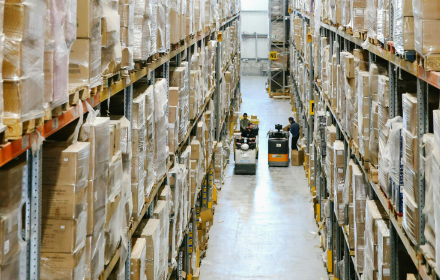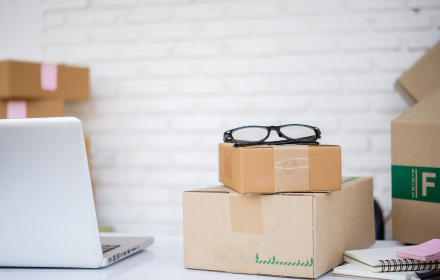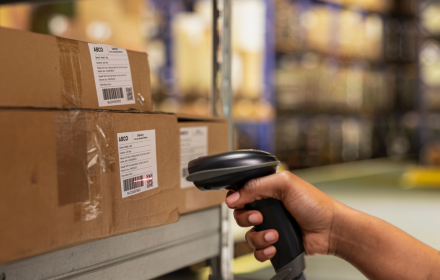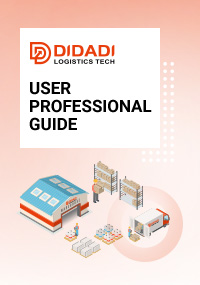The Complete Guide to Importing from China and Selling on Amazon FBA (2025 Update)
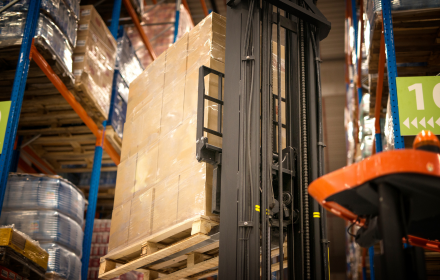
“How do I start importing from China and selling on Amazon?”
If you’ve been asking this question, you’re not alone. With Amazon’s global dominance and China’s unbeatable manufacturing ecosystem, combining the two can be an incredibly profitable business—if done correctly.
But the truth is:
Importing from China is not a plug-and-play process.
Done poorly, it can lead to wasted inventory, customs delays, lost shipments, or suspended Amazon accounts. Done right, it can create a scalable, global e-commerce business.
This in-depth guide covers everything you need to know in 2025—from product research, supplier negotiation, and compliance to logistics, customs, and how to work with a reliable Chinese freight forwarder like DIDADI Logistics to scale smoothly.
Despite geopolitical tensions, rising labor costs, and supply chain shifts, China remains the world’s most efficient and reliable manufacturing base, especially for Amazon FBA sellers. Here’s why:
Manufacturing Infrastructure: From Shenzhen to Yiwu, China offers streamlined production at nearly every scale.
Supplier Variety: You can find thousands of factories for almost any product niche.
Mature Export Systems: Decades of experience exporting to the US, Europe, and worldwide.
Customization Capability: Factories in China are extremely flexible when it comes to branding, packaging, and private labeling.
Pro Tip: Even many “Made in Vietnam” or “Made in India” products rely on raw materials or components sourced from China.
Selling anything and everything on Amazon is a recipe for burnout. Instead, niche down and focus on products with:
High demand but low competition
Lightweight & compact (under 2kg)
Simple construction (fewer defects)
No complex regulations or certifications
Potential for branding
Tools for Product Research:
Helium 10 (Black Box, Xray)
Jungle Scout
Amazon Best Sellers
Keepa (to track price/history)
Avoid “fad” products or ones plagued with high return rates like electronics, supplements, and apparel—especially if you’re just starting out.
3 Ways to Source:
Alibaba – The biggest B2B marketplace. Use filters like “Gold Supplier”, “Trade Assurance”, and “Verified”.
1688.com – Lower prices, local factories, but interface in Chinese (best used with an agent).
Sourcing Agents – They speak the language, visit factories, and ensure quality (a good idea if you plan long-term business).
Red Flags to Avoid:
Extremely low prices (could mean poor quality or bait tactics)
Poor communication or vague answers
Inconsistent lead times
Refusal to video-call or provide real-time factory proof
Tip: Always request a business license and certifications (ISO, CE, etc.) where applicable.
It’s tempting to skip sampling to save time or money. Don’t. A $50 sample could save you from a $5,000 mistake.
Here’s what to test:
Functionality: Does it actually work as expected?
Build quality: Materials, stitching, fit/finish, etc.
Packaging: Amazon has specific rules, and you’ll want a premium unboxing experience.
Labeling compliance: Includes FNSKU, country of origin, suffocation warnings, and more.
Pro Tip: Test samples from 3–5 suppliers before committing.
Generic (white-label):
Faster to market
Lower MOQ
Easier for beginners
Private Label (custom brand):
Higher profits
Long-term brand equity
Better protection from competition
For long-term Amazon success, private labeling is the most scalable model. Your supplier or a third-party service like DIDADI Logistics can help with packaging, FNSKU labeling, and bundling.
Amazon’s warehouses aren’t just storage facilities—they’re highly automated systems with strict compliance rules. If your shipment arrives without proper prep, it may be rejected or incur penalty fees.
Here’s what Amazon expects:
FNSKU labels on each unit
Correct carton labels
Specific carton size/weight (max 25"/50lb)
Poly bags with suffocation warnings (if needed)
No mixed SKUs in a single carton
You can ask your supplier to prep to Amazon standards—but this often leads to mistakes. A better solution is using a China-based FBA prep and logistics provider like DIDADI.
Air Freight:
Transit time: 5–12 days
Best for light, high-value goods
Higher cost, but faster delivery
Sea Freight:
LCL (Less than Container Load) or FCL (Full Container Load)
Transit time: 25–45 days
Lowest cost per unit
Best for large shipments
Express Couriers (DHL, UPS, FedEx):
Fastest (3–5 days)
High cost
Good for samples, small urgent orders
Cost-saving tip: Ship by sea to a US prep center, then distribute to multiple Amazon warehouses via UPS Ground (Amazon-partnered rates).
If you’re importing into the US, Canada, UK, or EU, here’s what you need to know:
For the USA:
Customs Bond (for shipments over $2,500)
HTS Codes to determine import duties
Importer of Record (IOR)—often you
FDA, CPSIA or FCC compliance if applicable
For the EU:
VAT (Value Added Tax)
EORI number for customs
CE or RoHS compliance
This is where your logistics provider plays a critical role—DIDADI Logistics helps with customs documentation and ensures smooth clearance at ports.
Once your goods clear customs, you can:
Ship directly to Amazon FBA (if prepped properly)
Ship to a 3PL/prep center in your destination country
Split the inventory for multiple FBA centers
Inbound shipping plans must be created inside your Amazon Seller Central account. Your logistics provider should follow Amazon’s routing instructions exactly.
At DIDADI Logistics, we specialize in helping Amazon sellers like you import smoothly from China and deliver directly to Amazon FBA warehouses—without the headaches.
What We Offer:
FBA Prep Services in China:
FNSKU labeling, bundling, bubble wrapping, poly bagging
Custom packaging and inserts
Visual inspection before shipment
Barcode scanning + carton labeling
Sea, Air & Express Freight:
Affordable LCL & FCL sea freight to USA, Canada, UK, EU
Fast air freight for tight schedules
Real-time tracking + shipment visibility
Customs and Compliance:
Accurate documentation
HS code classification
Customs brokerage support in major countries
Delivery to Amazon Warehouses:
Direct delivery to FBA fulfillment centers
Support for both “Ship from China” and “Ship to US Prep Center” models
Dedicated Support:
English-speaking logistics specialists
Regular updates via email or WhatsApp
Transparent pricing with no hidden fees
Whether you’re a first-time importer or managing 100+ SKUs, DIDADI Logistics gives you peace of mind, operational efficiency, and competitive edge.
Recommended Reading
